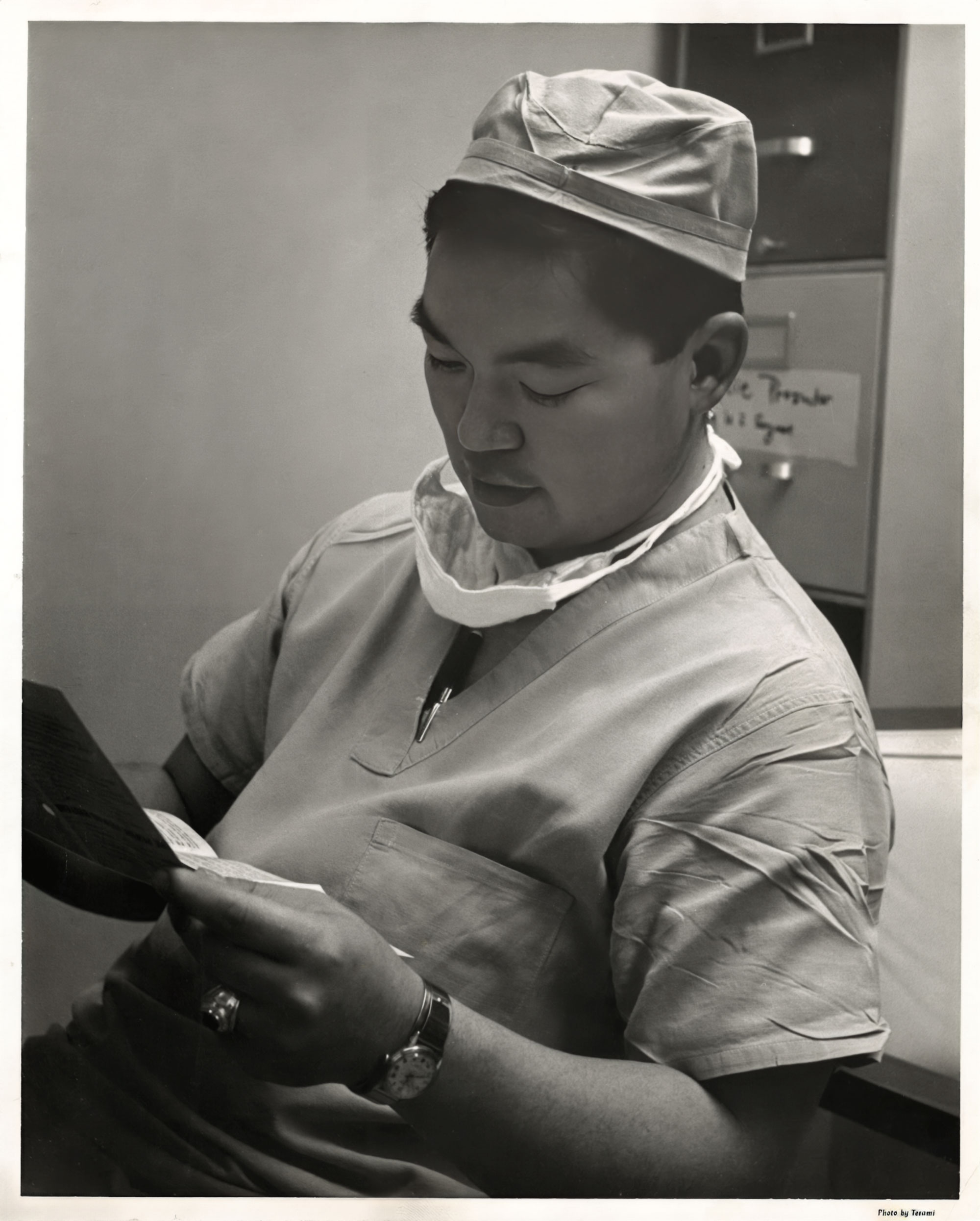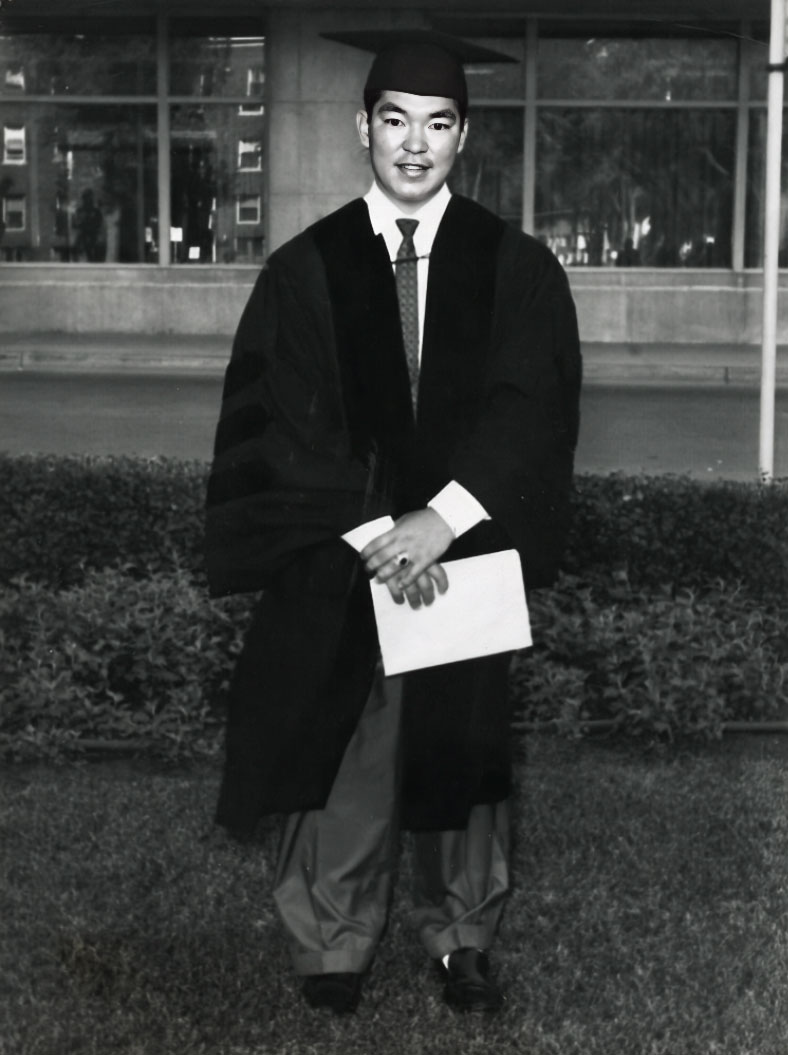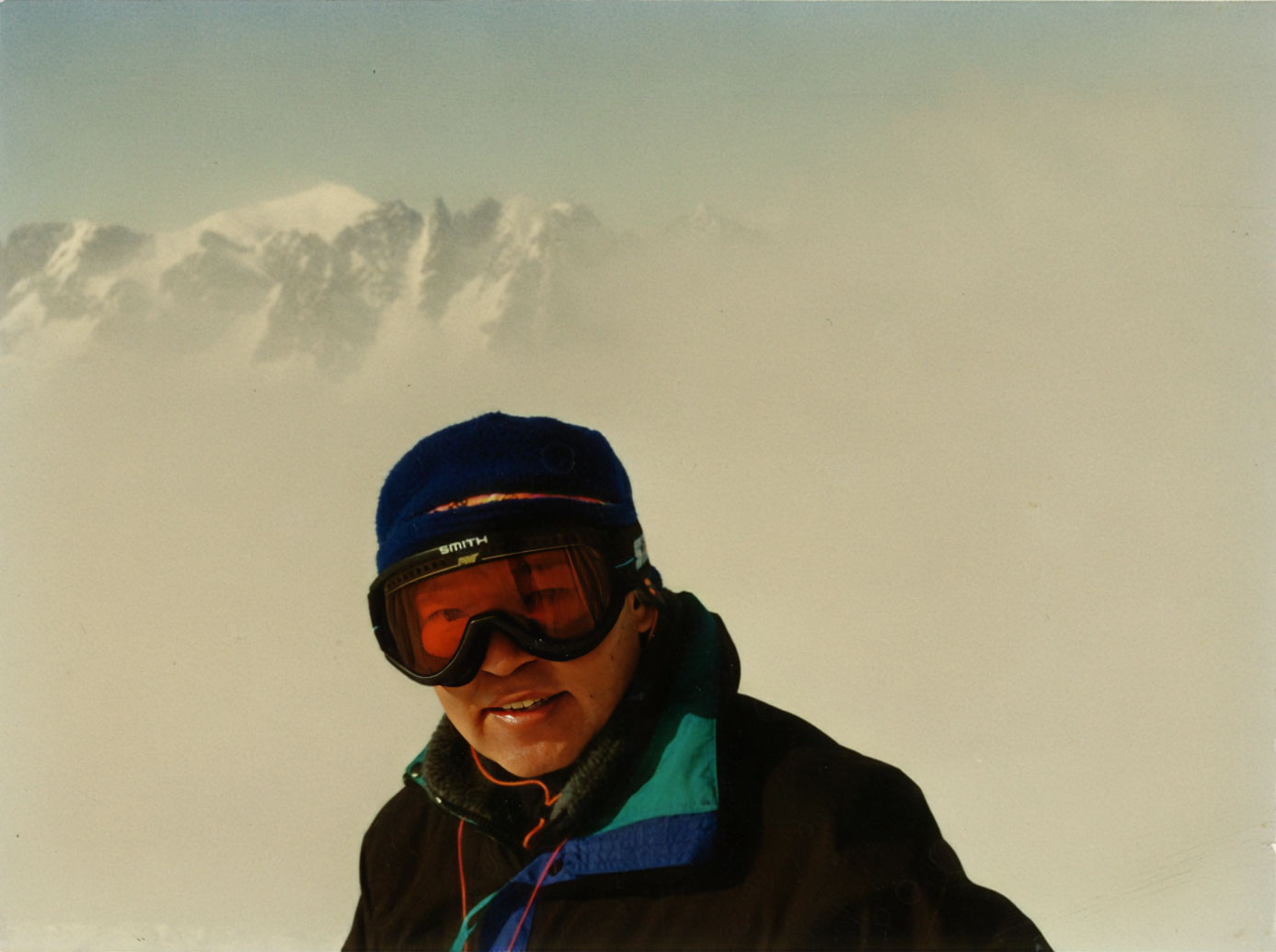
A hungry tiger fights best A hungry tiger fights best A hungry tiger fights best
The UW remembers one of John Bonica’s first (and favorite) anesthesia colleagues, Toshio Akamatsu
By Caitlin Klask | Photos courtesy of Annie Akamatsu | October 6, 2023
If you’ve ever received anesthesia for a surgery or an epidural during labor while at a UW Medical Center, your life has been touched by the work of Dr. Toshio Akamatsu. The anesthesiologist was part of the team created by the legendary John Bonica, who created the field of pain management while on the faculty of the UW School of Medicine.
Akamatsu was one of the first residents to work on Bonica’s team, and the two collaborated on many publications. Akamatsu’s photo even appeared on the dust cover of Bonica’s seminal book, “The Management of Pain.” Bonica died in 1994 after suffering a stroke.
Akamatsu grew up in St. Paul, Minn. during World War II, where he was one of only a dozen Japanese Americans. He played goalie on the Harding High School hockey team and studied microbiology at the University of Minnesota before earning his M.D. degree in 1959. Akamatsu interned at Mercy Hospital in Toledo, Ohio, where he met a nurse named Suzanne Blanchard; the two were married for six decades until Akamatsu’s death May 31 at the age of 89.

Toshio Akamatsu graduating from the University of Minnesota
In 1960, Akamatsu moved across the country to Seattle to begin his anesthesiology residency at UW Medical Center. That same year, Bonica, a Sicilian American professional wrestler with a keen interest in chronic pain, founded the Department of Anesthesiology at the UW School of Medicine.
“Dad and Bonica were very close – a father-son relationship that lasted until Bonica died,” says Annie Akamatsu, ’89, Toshio’s daughter, who has three brothers: David, Joel and John. “Bonica’s son Johnny wrote a beautiful tribute in Dad’s obituary, calling Dad his ‘big brother.’”
“Tosh was among a handful of young and gifted doctors held close to my father’s heart,” wrote Johnny Bonica. “[He] stands out in my memory as one of the most beloved by my entire family. I love him and miss him.”
Akamatsu was drafted into the U.S. Army in 1968, serving as the chief of anesthesia at Fort Benning, Georgia, and assistant chief of anesthesia at Walter Reed National Medical Center in Maryland before his discharge in 1970. When his family returned to Seattle, Akamatsu became the chief of obstetric anesthesia at the UW Medical Center, as well as a professor at the UW School of Medicine, where he worked until 1978. He went on to become chief of staff at St. Joseph in Tacoma in 1985.
Akamatsu enjoyed skiing in his spare time – so much so that he became licensed in Colorado in the 1980s to spend winters skiing with family. His affinity for the outdoors saw him golfing, playing tennis and scuba diving in the San Juans. He loved Husky football, he loved storytelling, but most of all, he loved his family.
“He taught us perseverance and toughness while he maintained a gentleness that only a father could have,” says Annie. “When we were kids sitting on the ski lift with Dad, and we were hungry and wanted to go to the lodge, Dad would pull out a granola bar and say, ‘A hungry tiger fights best.’” This became a family motto, on and off the mountain. “We became the strong and independent adults we are because we were hungry tigers fighting our best fights.”
Akamatsu retired in 1997; the year prior, he suffered a traumatic brain injury while helping a friend repair a fire-damaged home. Though he was wearing a helmet, his injury was severe, causing him to spend a month at Harborview Medical Center. “His TBI changed his personality as well as his desire to remain active,” says Annie. “It was not until his first granddaughter Remy was born in 2013 that he relearned how to slow down and take in the small pleasures of life.” In a final gesture for medical education, Akamatsu donated his body to the UW Willed Body Program. His family requests any donations be made to the Tacoma-Pierce County Humane Society, St. Leo’s Food Connection or the UW Department of Rehabilitation Medicine.

Toshio Akamatsu used to tell his children that “a hungry tiger fights best.”